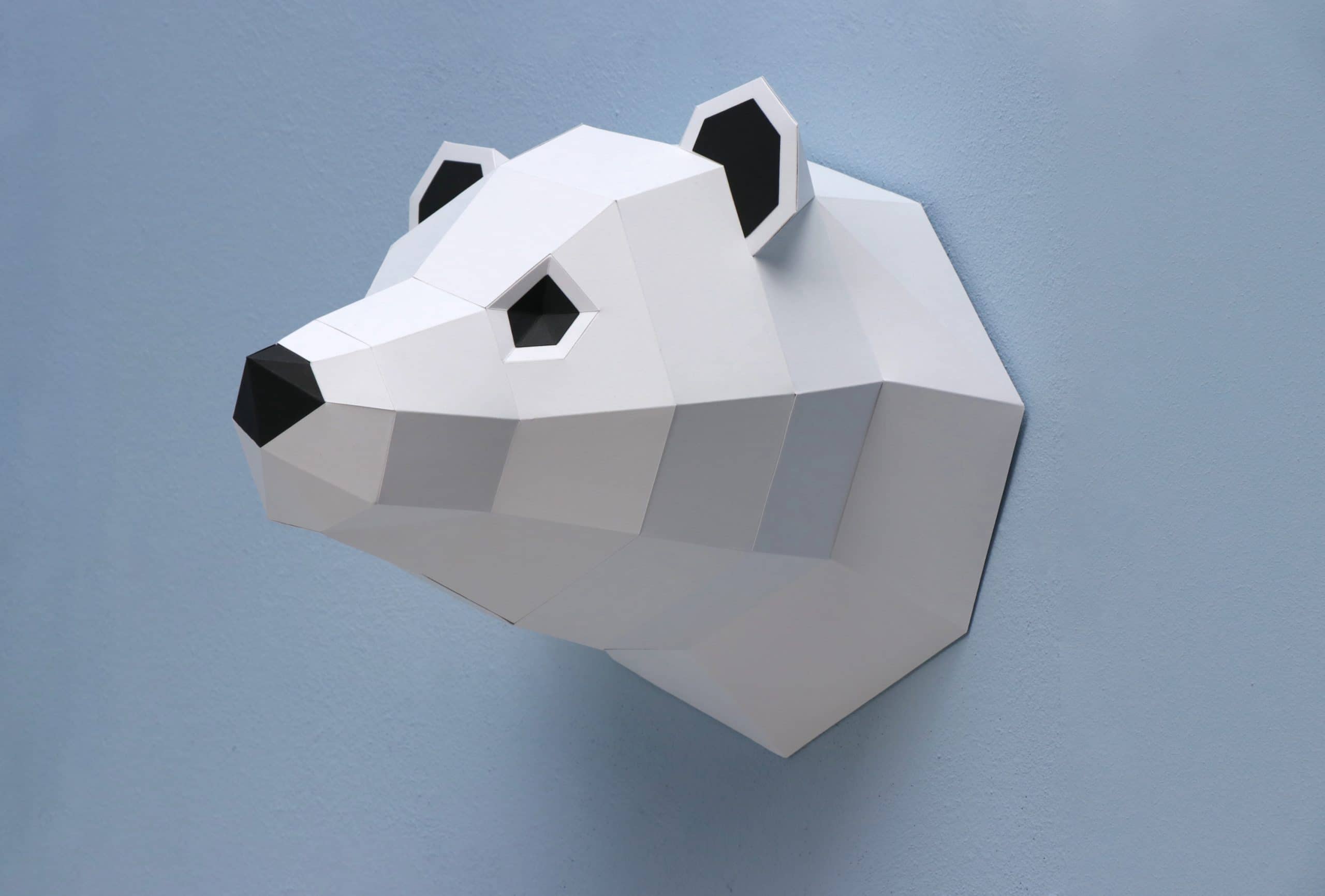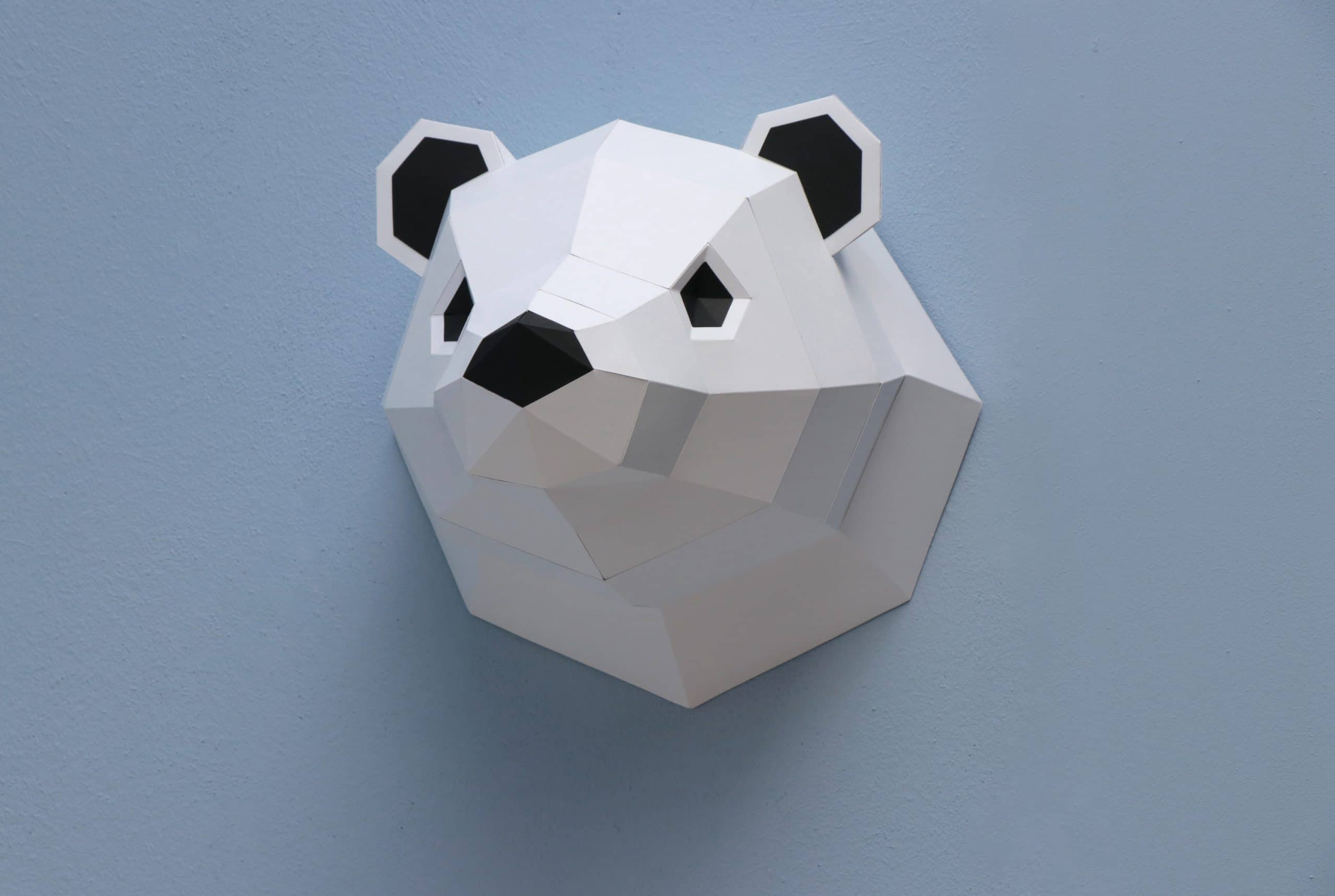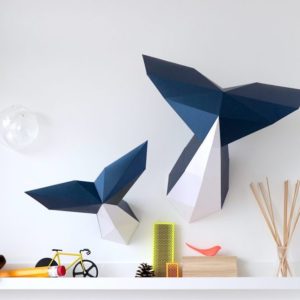Create your own DIY interior decoration with this 3D Paper Polar Bear!
Have you always been longing for a cool giant in your interior? We welcome the latest member of the Assembli family; the cool giant Polar Bear! You can now take the arctic life into your home decoration in a very animal friendly way. All our paper creations are eco-friendly and so is this 3D paper Polar Bear. Assembling this 3D paper Giant is a creative DIY project. The feeling of joy when you are ready with assembling this Polar bear is great, and it will be an eye-catcher in your interior.
The Polar Bear kit contains:
- A sheet with clear building instructions.
- 3 white templates & 1 black template.
- A test shape to practice.
- Fast drying glue and a folding lath.
Add scissors / little craft knife and that’s all you need to assemble this Polar Bear yourself!
Polar Bear facts:
The scientific name of the Polar Bear is Ursus Maritimus. The polar bear is a mammal and gives birth to its cubs after a pregnancy of 9 months. The maximum age for a polar bear to live in the wild is 25 years. A male polar bear can weigh up to 800 kilos! When he stands up, he reaches a maximum of 2.60 meters. The polar bear can run 40 kilometres per hour. So take a flee!
The polar bear lives on the ice in the snow and in tundra areas in Greenland, Alaska, Russia, the Arctic and in Canada. He is a true omnivore; in winter he likes to eat seals and in summer he adds fish, lemmings and berries to his diet. The polar bear is an endangered specie. That’s because of humans. Because there are more and more people on earth, there is more and more pollution. As a result, the climate is changing, the polar caps are getting smaller, and so is the habitat of the giant polar bear.





